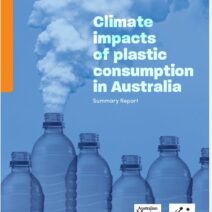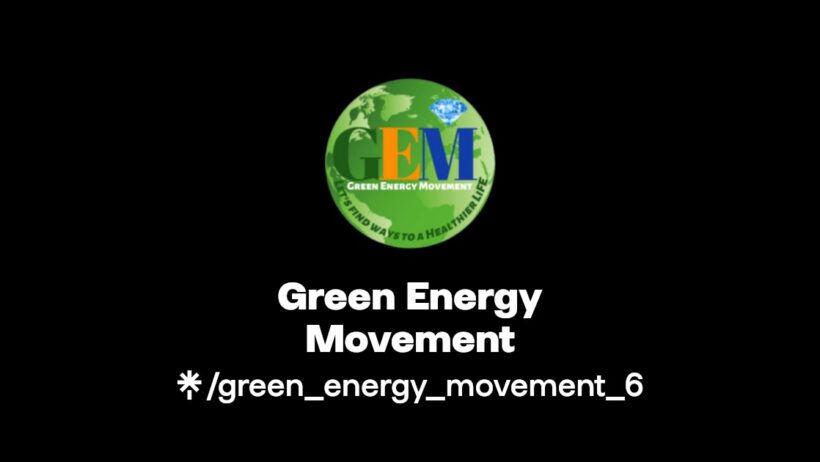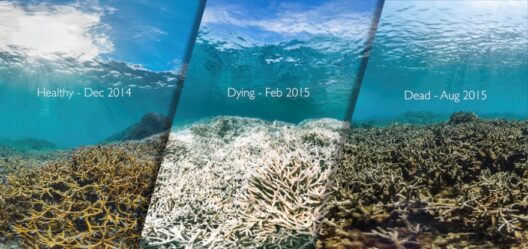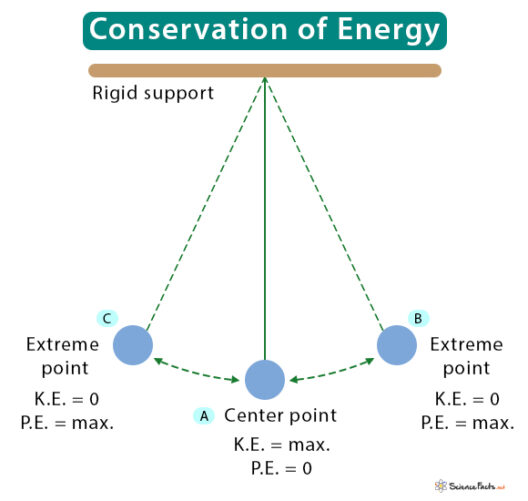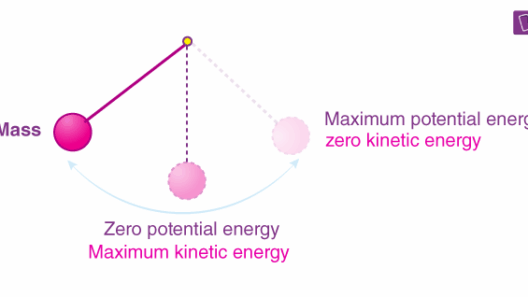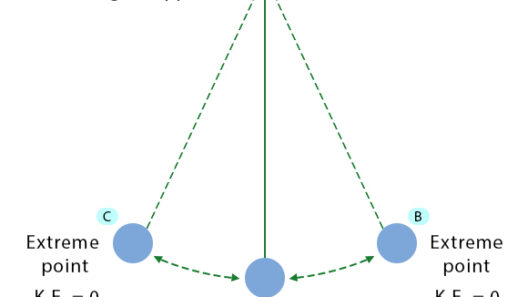As the world grapples with climate change and the exigent need for sustainable energy solutions, conversations surrounding biomass energy conservation programs have gained momentum. Malawi, a country rich in natural resources, stands as a prominent player in the green energy movement, emphasizing the potential of biomass as a renewable energy source. But why biomass specifically? Could it be that the very organic materials we often overlook hold the key to a sustainable future?
Biomass energy originates from organic materials – plants, agricultural residues, animal waste, and even municipal waste. This renewable energy source derives its legitimacy from its ability to recycle carbon naturally, mitigating the reliance on fossil fuels. In Malawi, the expansive agricultural landscape provides a plethora of biomass options, warranting serious exploration of these resources for energy generation. However, the challenge lies in how to harness this potential efficiently and sustainably.
Malawi’s energy sector has historically faced significant hurdles, primarily due to a heavy reliance on traditional biomass fuels—wood, charcoal, and agricultural residues—resulting in deforestation and environmental degradation. Vibrant forests have given way to expansive agricultural land, leading to soil erosion and biodiversity loss. Addressing these concerns, Malawi’s green energy initiatives emphasize the sustainable use of biomass while promoting reforestation and conservation efforts.
The transformation began with several governmental and non-governmental organizations recognizing the need for innovative biomass energy conservation programs. For instance, initiatives aimed at educating communities about the sustainable harvesting of biomass have emerged. This educational outreach not only encompasses the methods of collection but extends to the significance of maintaining ecological balance. Are we truly prepared to give back to nature what we take while continuing to benefit from its resources?
Consider the “Community Biogas Digesters” project, which illustrates a successful intersection of waste management and energy conservation. Households across Malawi are encouraged to construct biogas digesters that convert animal manure and food waste into biogas for cooking and lighting. This sustainable approach not only mitigates reliance on woodfuel but also reduces methane emissions from decomposing organic waste. It serves as a dual purpose: a valuable energy source and an effective waste management strategy.
A boiling question arises: Will communities readily adopt biogas technology, or will misconceptions regarding its efficacy and safety impede progress? Overcoming cultural resistance and fostering a mindset shift is pivotal. If exploration into alternative energy sources is met with skepticism, the potential for harnessing biomass may languish. Thus, comprehensive training and demonstrations are essential, showcasing not only the process but the tangible benefits of these systems.
Moreover, Malawi’s burgeoning green energy movement has attracted international attention and funding, enabling further research and development into biomass energy. This influx of investment has catalyzed pilot projects, such as the production of briquettes—compressed blocks of biomass that serve as an economical substitute for charcoal. These briquettes, made from agricultural waste like maize husks and sawdust, are marketed as efficient and environmentally friendly. The challenge remains: how can local enterprises scale this production to meet growing demand while ensuring sustainability?
To navigate these waters, strategic partnerships between local communities, governments, and energy organizations are paramount. Collaboration fosters knowledge sharing, resource pooling, and innovation, all critical to the success of biomass initiatives. When local voices contribute to the planning processes, the resulting programs are more likely to reflect societal values and needs, increasing community buy-in. Are we prepared to listen to the communities as they architect their trajectories in the green energy landscape?
As these programs unfold, monitoring their impacts becomes crucial. The balance between increased biomass energy use and ongoing environmental conservation must be meticulously evaluated. Establishing benchmarks will allow for the assessment of ecological impacts, ensuring that energy production does not come at the expense of the resources upon which it relies. Furthermore, enacting clear regulatory frameworks can guide biomass utilization towards sustainable practices, curbing illegal logging and deforestation.
While consumption patterns evolve, afforestation initiatives must run parallel to biomass energy programs. Trees play an indispensable role in carbon sequestration and biodiversity, and their restoration is imperative. Planting trees and fostering sustainable land management practices can fortify the environmental integrity of Malawi while complementing the energy sector’s expansion.
As innovative solutions take root, they intertwine with socio-economic factors, realizing wider community benefits. Biomass energy projects not only provide clean energy but ripple through local economies by creating jobs, reducing expenses associated with fuel procurement, and improving overall health through cleaner cooking methods. The question of sustainability transforms into a narrative of thriving communities reaping the rewards of renewable energy.
Ultimately, Malawi’s green energy movement and the focus on biomass energy conservation present a promising pathway toward a more sustainable future. The challenges are notable, from technological adoption to environmental stewardship, yet the potential rewards significantly outweigh the risks. Will the people of Malawi embrace this journey towards renewable energy? Only time and collective action will reveal the resolution to this compelling challenge.

